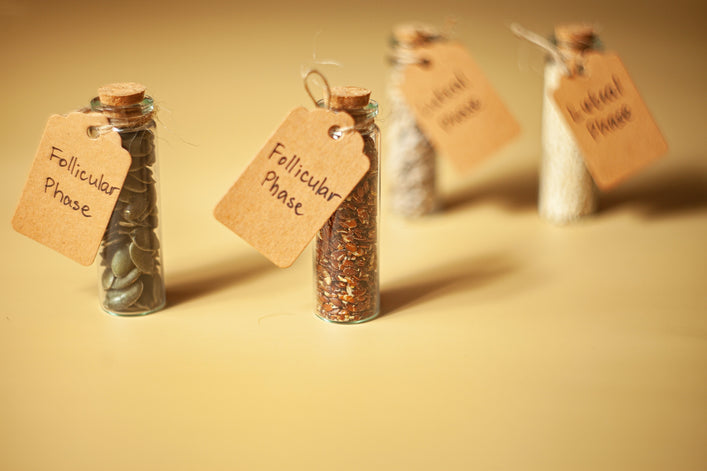The remarkable story behind just one of your microbiome’s thousands of bacterial species.
The singer-songwriter Prince has been through more than his fair share of stage names.
As you may have heard, he spent seven years wishing to be known as an unpronounceable squiggle.
But quite frankly Prince’s name changing is nothing compared to a species of bacteria called Enterobacter cloacae.
You see, since being described for the first time in 1890, it’s had no fewer than twelve names.
Yup, Enterobacter cloacae are the bacterium formerly known as Pseudomonas dissolvens.
Enterobacter cloacae (let’s call it E. cloacae for short, its ‘E’ not to be confused with Escherichia in E. coli) is a mean little microbe responsible for all sorts of infections, often acquired through contamination in hospitals, yet it’s actually found in small quantities in the guts of very many healthy individuals.
Perhaps you and me.
Mind you, I say that, but it depends on your sex. E. cloacae come from an order of bacteria called Enterobacteriales which is 400% more abundant in women than it is in men.
An “order” is one of the levels in biological classification – we humans belong to the order “Primates”, so you can see that orders generally represent pretty wide groups.
The “entero” part of its name, by the way, comes from the Greek word “enteron”, meaning intestine, from which we also get enteritis and enterologist.
Cloacae is the plural of cloaca and was used to name this particular bacterium thanks to its Latin meaning – “sewer” – because besides lurking in the human gut, E. cloacae is often found in aquatic environments such as water and sewage.
Under a powerful microscope, you’d see that a single E. cloacae bacterium is rod-shaped (a bit like a long grain of rice) with a multitude of tiny whip-like appendages that enable it to propel itself.
Imagine a jellyfish with a long, thin body and you’d just about have it.
E. cloacae bacteria are tiny, but not ridiculously so. 225 of them placed end to end would make up the width of a human hair, and a single E. cloacae bacterium is roughly the size of one transistor on an Intel microchip, as of 2015. Moore’s Law being what it is, E. cloacae will almost certainly look like a giant in a few years time.
In addition to sewers and human guts, E. cloacae pop up in some other surprising places.
For instance, in Hawaii, it’s responsible for a perplexing problem in papaya horticulture that results in the internal yellowing of the fruit.
Curiously it also has an industrial application where it’s used to biodegrade explosives such as TNT. Basically there’s a strain of E. cloacae that eats high explosives for breakfast.
And then, of course, there’s panda poop.
In 2012, a draft genome sequence of E. cloacae was published, and the bacteria used in the study were isolated from giant panda feces.
As a hospital-acquired infection, E. cloacae is a bit of a bully. Classed as an opportunistic pathogen, it preys particularly on the elderly and the young.
In recent years it has been responsible for serious multiple outbreaks of infection in neonatal intensive care units.
Last but not least, E. cloacae may also be associated with obesity.
When researchers in China took a strain of E. cloacae (B29) from the gut of a volunteer who weighed in at 385 pounds and transplanted it into germ-free mice, the rodents themselves then became obese compared to similar mice fed an identical diet, but without the E. cloacae.
Of course, E. cloacae is just one of as many as 1,000 species of bacteria which can be found in the human gut alone.
There could be ten times this many in the entire human microbiome.
I happened to have picked on E. cloacae today, but each of our body’s bacteria has its own story to tell.
Are we ready to listen?
Have a great week!













